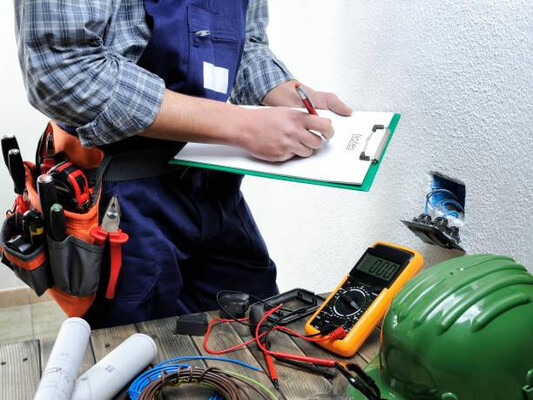- 1-905-452-8193
- Contact Us
- Member Login
- Get Listed Today
- 220,911 members

Your emergency electrician Brisbane will always remind you that safety should always be a priority, especially when it comes to electricity. In Australia, everyone needs to understand the importance of electrical safety and how to protect themselves from potential shock or fire hazards that may result from improper use of energy resources.
Electrical installation work in Australia must be carried out by a qualified electrician who holds an Australian qualification such as Electrical Pathway (EPL), Electrical Certificate IV (ECIV) or Electricians Licence. This ensures that all installations are safe and meet Australian standards.
Electrical safety is an important concern for landlords in Australia. Unsafe power installations can cause injury, damage to property and even death, making it essential for all landlords to be aware of the relevant legislation and requirements.
The following list details the most important electrical safety requirements that landlords in Australia must be familiar with.
Australian Standard AS/NZS 3000
This standard defines the safe installation of electrical wiring and equipment used in a variety of environments throughout Australia. All new electrical installations should adhere to these standards and any changes that are made should also comply with them.
Safety Switches
Safety switches are compulsory on all circuits protected by a residual current device (RCD). The RCD is designed to protect people from electrocution by cutting off the power whenever there’s an electrical fault.
Test and Tag
All electrical appliances in a rental property should be tested and tagged at least every three months or 12 months, depending on the type of appliance and environment it’s used in.
Electrical Hazards
Landlords need to identify any potential electrical hazards such as exposed wires, faulty wiring or damaged insulation that could lead to a fire or electric shock. These hazards should be repaired immediately before causing further damage.
Switches and Powerpoints
All switches and powerpoints must be kept clean at all times, with no foreign objects blocking the mechanism. They must also be out of reach of children to prevent accidental electrocution.
Outdoor Safety
All outdoor electrical wiring and equipment should be protected from damage by weather or vandalism, with protective covers whenever possible. Cables should also be laid away from traffic areas and concrete slabs to protect them from physical damage.
Electrical Repairs
Landlords are responsible for any electrical repairs needed in their rental property, including making sure that all wires and cables are securely connected and that circuit breakers are operational.
Installation Certificates
Any new installations must be completed by a qualified electrician who will provide an installation certificate as evidence of compliance with Australian standards. This document must be included in the tenant’s lease agreement.
Regular Maintenance
Electrical installations must be regularly inspected and maintained to ensure that they remain safe and operational. This includes checking for any loose wires or faulty wiring, as well as testing all safety switches to make sure they are working correctly.
Smoke Alarms
All rental properties must be fitted with functioning smoke alarms as per Australian standards. These should be tested regularly and replaced if necessary, to ensure that tenants are adequately protected from fire hazards.
To keep your property safe from electrical hazards, there are several steps you can take:
By following these simple steps you can ensure your workplace is safe from potential electrical hazards. It is also important to educate all staff about the importance of electrical safety to prevent unnecessary injuries or fatalities caused by negligence.
